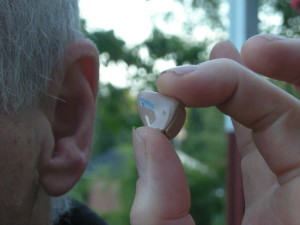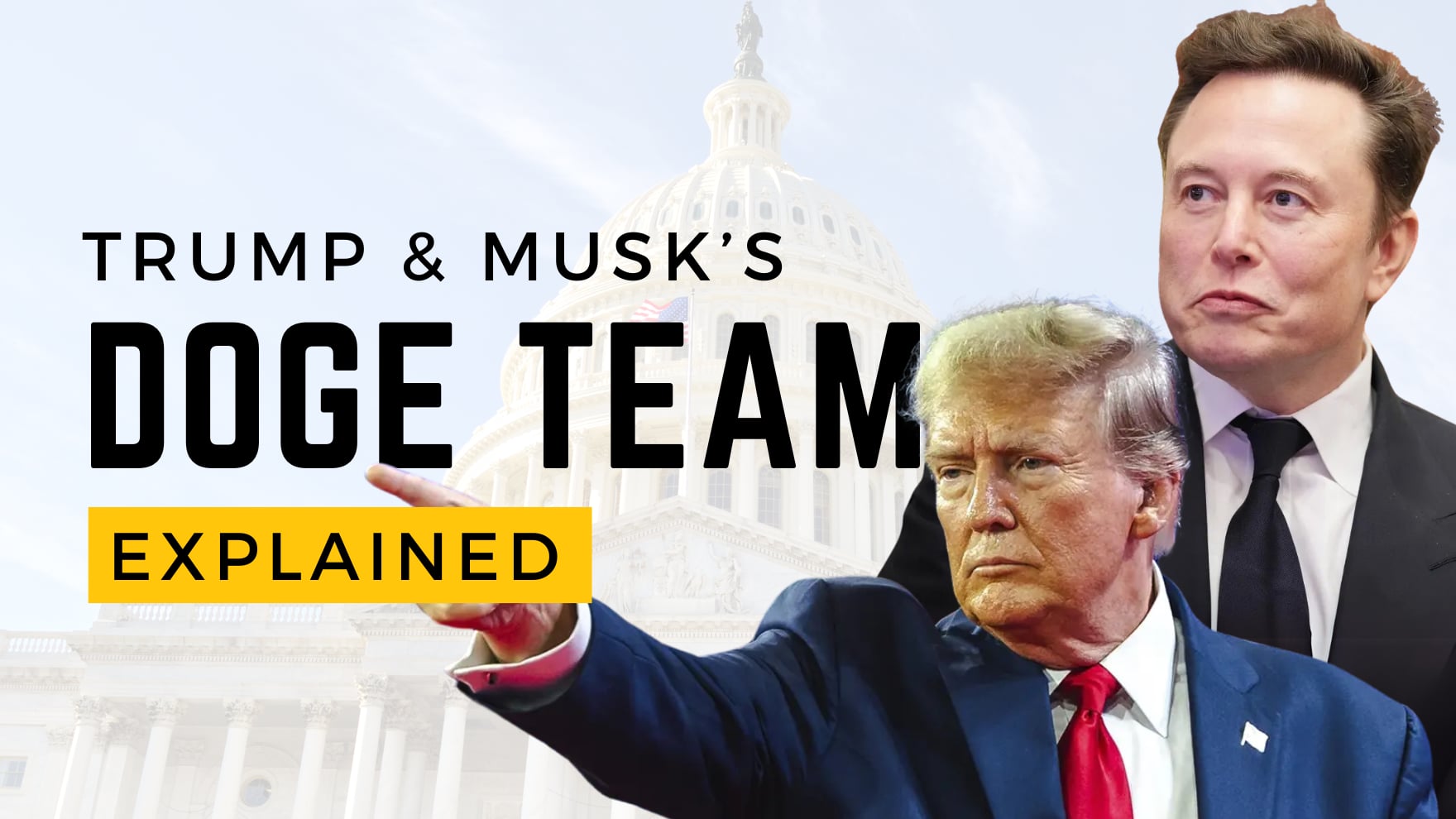 We’ve written many articles and blog posts explaining or discussing illegal discrimination. As a result, it may come as a surprise to some of you that discrimination can sometimes be perfectly legal, even if it’s morally wrong or unfair. But how is this possible? Let’s start by looking at some scenarios.
We’ve written many articles and blog posts explaining or discussing illegal discrimination. As a result, it may come as a surprise to some of you that discrimination can sometimes be perfectly legal, even if it’s morally wrong or unfair. But how is this possible? Let’s start by looking at some scenarios.
Scenario 1
John works for a successful company as a sales executive. From his first day on the job, he has exceeded expectations and has no workplace problems or issues. One day, John gets a new supervisor who immediately seems to dislike him. After a few months, the new supervisor tells John he’s being fired. When John asks why, the supervisor says, “It’s because you’re black, and I hate blacks.”
Scenario 2
Boyd is 38 years old and has years of commercial driving experience from prior jobs as a long-haul truck driver. He wants to try something different and applies for a job as a passenger bus driver at the Acme Bus Company. Although well qualified, Acme Bus Company rejects Boyd’s job application on the basis of his age. Acme Bus Company tells Boyd that it only accepts job applications from those aged 35 years and younger due to passenger safety considerations. Acme Bus Company’s passenger safety concerns are based on sound statistical data.
Scenario 3
 Jane works on the assembly line of a car battery manufacturer. One of the key components of the battery is lead. After learning that many assembly line employees had blood lead levels higher than government standards, the company Jane works for implements a new policy: all pregnant women or women who could become pregnant are prohibited from working in areas where they would be exposed to lead. Subsequently, Jane was removed from her position on the assembly line and transferred somewhere else in the company.
Jane works on the assembly line of a car battery manufacturer. One of the key components of the battery is lead. After learning that many assembly line employees had blood lead levels higher than government standards, the company Jane works for implements a new policy: all pregnant women or women who could become pregnant are prohibited from working in areas where they would be exposed to lead. Subsequently, Jane was removed from her position on the assembly line and transferred somewhere else in the company.
In case you haven’t already figured it out, scenario 1 is illegal discrimination. Scenario 2 is legal discrimination and is based on the case Hodgson v. Greyhound Lines, Inc., 499 F.2d 850 (7th Cir. 1974). Scenario 3 parallels the case International Union, United Automobile, Aerospace & Agricultural Implement Workers of America, UAW v. Johnson Controls, Inc., 499 U.S. 187 (1991), where the U.S. Supreme Court held that a policy similar to the one in described in Scenario 3 was illegal.
Why is scenario 2 legal but scenario 3 illegal? At first glance, it makes sense that scenario 1 is illegal while scenario 2 is legal. But if scenario 2 is legal, shouldn’t scenario 3 be legal too?
This article will explain this apparent contradiction and the factors that must be considered when deciding whether discrimination is legal.
Types of Discrimination
What differentiates legal from illegal discrimination is what the law says (or doesn’t say). Discrimination is illegal if the law specifically prohibits it. For example, Congress may pass a law that explicitly prohibits discrimination in the form of firing an individual on the basis of that person’s race, color, religion, sex, or national origin. Title VII of the Civil Rights Act of 1964 (Title VII) is an example of such a law that makes this form of discrimination illegal.
Discrimination can be legal if the law specifically says it’s legal. One type of discrimination that the law specifically allows is the bona fide occupational qualification, which will be discussed later in this article. Discrimination can also be legal if the law is silent on that particular type of discrimination.
 For example, if an employee were fired because he or she liked to play soccer, that would be legal since no law addresses that type of discrimination. More precisely, an employee who likes to play soccer is not part of a protected class. The concept of a protected class will also be addressed later in this article.
For example, if an employee were fired because he or she liked to play soccer, that would be legal since no law addresses that type of discrimination. More precisely, an employee who likes to play soccer is not part of a protected class. The concept of a protected class will also be addressed later in this article.
Illegal Discrimination
As mentioned above, discrimination is illegal because there is a law that makes it illegal. There are several sources for laws (statutes, rules, regulations, etc.) as well as several ways a law can be made in the United States (legislatures, courts, agencies, etc.), but for the sake of simplicity, we will just focus on federal laws that come from Congress for the majority of the article. When a law makes a type of discrimination illegal, it creates a protected class. A protected class is a group of individuals who share a characteristic that shields them from discrimination. The following is a list of some of the classes protected under federal law:
- Race: Civil Rights Act of 1964
- National origin: Civil Rights Act of 1964
- Sex: Civil Rights Act of 1964
- Color: Civil Rights Act of 1964
- Religion: Civil Rights Act of 1964
- Disability: Americans With Disabilities Act of 1990
- Age: Age Discrimination in Employment Act
- Pregnancy: Title VII of the Civil Rights Act of 1964
- Familial status: Fair Housing Act
- Genetic information: Genetic information Nondiscrimination Act of 2008
Other protected classes may exist under state or local law but not federal law. Weight and height are two examples.
Under the Elliot-Larsen Civil Rights Act of 1976, Michigan prohibits discrimination based on weight and height. Michigan is the only state that includes height and weight as protected classes. Some cities or municipalities have laws that prohibit discrimination based on weight and height, including San Francisco, California; Urbana, Illinois; Washington, D.C.; and Madison, Wisconsin. However, these laws only apply to the particular municipalities and not to the state.
Therefore, to sue for illegal discrimination based on height or weight, you would need to fall under the jurisdiction of a law that prohibited that specific discrimination. Fired in Texas for being too short? That’s legal. Fired in Illinois based on your weight? That’s only illegal in Urbana.
Lastly, discrimination can be illegal even if the employer has a legal and legitimate reason for  the discrimination. This can occur if the legal reason for the discrimination is a pretext for the illegal discrimination. A pretext is a false reason for doing something to hide the true reason behind what was done.
the discrimination. This can occur if the legal reason for the discrimination is a pretext for the illegal discrimination. A pretext is a false reason for doing something to hide the true reason behind what was done.
For instance, Mark is fired as a pilot because his employer says Mark is suffering from hearing loss. If it turns out that Mark were really fired for an impermissible reason (such as national origin) and his employer were actually OK with Mark’s hearing, that firing would be illegal because the hearing loss was only a pretext for the real reason for his firing (national origin).
Legal Discrimination
Bona Fide Occupational Qualification
As touched on in the previous section, one way for discrimination to be legal is for the discrimination to be based on a characteristic that is not protected. Rejected from a job because it was in New York City and you were a Red Sox fan? Or how about a hiring manager who refuses to hire those with a particular type of cell phone? These may be farfetched and outrageous, but if they occurred, they would be legal. However, if the discrimination is based on a protected characteristic, the discrimination becomes illegal—unless an exception applies.
One major exception to the prohibition on discriminating against individuals of a protected class is when the discrimination is based on a job requirement that is “reasonably necessary to the normal operation of that particular business or enterprise.” When this occurs, this job requirement is called a bona fide occupational qualification (BFOQ).
In its most basic terms, a BFOQ allows an employer to discriminate when it normally shouldn’t be able to because the employer has a really good reason for the discrimination. The reality of the BFOQ defense is much more complicated, as evidenced by scenarios 2 and 3 that began this article. To get a better understanding of the BFOQ defense, let’s start from the beginning—when the BFOQ defense can be used.
When to Use the BFOQ Defense
The BFOQ defense does not exist under all laws that prohibit discrimination. The BFOQ defense is explicitly allowed under Title VII, Section 703(e), and the Age Discrimination in Employment Act, Section 623(f)(1). However, it is not provided for in the Americans with Disabilities Act of 1990 (ADA).
Additionally, the BFOQ defense does not apply to all protected classes. The BFOQ defense does not apply when a BFOQ is based on race. Section 703(e) of Title VII states:
[I]t shall not be an unlawful employment practice…for an employer…to hire and employ any individual…on the basis of his religion, sex, or national origin in those certain instances where religion, sex, or national origin is a bona fide occupational qualification reasonably necessary to the normal operation of that particular business or enterprise… (emphasis added)
Notice how race is not mentioned. This was not an accident, as Congress deliberately refused to allow race to be a BFOQ.
How to Use the BFOQ Defense
To be able to use the BFOQ exception, an employer must, at the very least, prove two things:
- The BFOQ concerns a characteristic that goes to the essence of the business. In other words, the proper and necessary operation of the business depends on the discrimination based on that particular trait; and
- The basis for discrimination must be supported by objective and verifiable reasons. Facts, studies, statistics, or other empirical data are required. A BFOQ defense cannot be based on assumptions or stereotypes.
Other factors that a court may consider when determining whether a BFOQ defense applies include the following:
- The employer would have to show that all or nearly all people who have a characteristic being discriminated against would be unable to perform the specific job, or
- It would be impossible or impracticable for the employer to determine on an individual basis whether an exception to the BFOQ should be made.
As these considerations show, courts will only narrowly apply the BFOQ defense. Let’s take another look at scenarios 1, 2, and 3.
The BFOQ Defense in Scenario 1
There is no BFOQ defense in scenario 1. Not only is the BFOQ defense inapplicable to discrimination based on race, but even if the BFOQ defense could be used, it wouldn’t be successful because the discrimination is clearly based on John’s supervisor being racist rather than a business necessity.
The BFOQ Defense in Scenario 2
In scenario 2, the safe operation of passenger busses goes to the essence of Acme Bus Company’s business. Basically, passenger safety is a good reason for justifying a form of discrimination when hiring bus drivers.
But now we look at the next factor: is that discrimination based on facts or assumptions? As long as Acme Bus Company can provide empirical and factual data, such as studies and expert testimony that show how driving performance and safety decline with age starting at 35, the BFOQ defense will likely succeed.
In the real-life case scenario 2 is based on, Hodgson v. Greyhound Lines, Inc., Greyhound was successful in asserting the BFOQ defense because it presented sufficient studies and data to show that it had a rational, good faith, and objective reason for rejecting job applicants aged 35 and over. Greyhound was able to produce statistical evidence showing, among other things, the degeneration of a person’s sensory perception, which begins in the late 30s for the average individual.
The BFOQ Defense in Scenario 3
 In scenario 3, the discrimination against women based on fetal safety does not go to the essence of the car battery manufacturer’s business. Looking at this factor alone, the discrimination is not legal based on the BFOQ defense.
In scenario 3, the discrimination against women based on fetal safety does not go to the essence of the car battery manufacturer’s business. Looking at this factor alone, the discrimination is not legal based on the BFOQ defense.
Another reason scenario 3 is illegal is that the car battery manufacturer cannot provide data to justify the discrimination. One reason empirical data cannot be provided is because pregnant women or women who could become pregnant are just as qualified to work on the assembly line. There might be data that shows lead can harm unborn fetuses or cause other reproductive harm in women, but it’s up to Jane, not her employer, as to whether she decides to have children.
Consequently, the car battery manufacturer’s policy banning all women who are pregnant or could become pregnant is arbitrary and based on the assumption or stereotype that women will have children or that even if they don’t want children, it’s someone else’s responsibility to make sure she can still have children if she changes her mind. A paternalistic concern for one’s employees will not justify discrimination.
Sometimes a BFOQ defense is unsuccessful not because the employer didn’t have a good reason for the discrimination but because the employer couldn’t adequately justify the discrimination. Remember, the two key points in using the BFOQ defense are having a good reason for the discrimination (the discrimination goes to the “essence of the business”) and objectively proving the discrimination is justified.
The First Amendment and Affirmative Action
There are also other forms of legal discrimination. Schools may have an admissions policy that favors one race over another. This would be an example of affirmative action, or what some believe is “reverse discrimination.” Unfortunately, affirmative action is a legal topic that deals with issues, laws, and policies that go beyond this article, in both subject matter and scope, such as a compelling government interest. Therefore, the topic of affirmative action will not be addressed here.
For more information as to the legal basis and background of affirmative action the U.S. Department of Labor’s Affirmative Action page provide plenty of additional background.
A compelling government interest is a legal concept where the government is able to infringe on a constitutionally protected right or discriminate based on certain characteristics, such as race, when a crucial or important government interest is at stake. Freedom of speech restrictions based on national security considerations is an example of a compelling government interest infringing on a constitutional right.
Another form of legal discrimination is where an organization may exclude certain people from becoming members. The legal basis for this discrimination is the freedom of association and expressive association protections provided by the First Amendment of the U.S. Constitution. This allows a private organization to choose who can and cannot join. This freedom to discriminate is not absolute, though.
For example, the discrimination must be related to the organization’s message or existence. If it’s not, the discrimination may be illegal. This was the case in Roberts v. United States Jaycees, where the Jaycees prohibited women from joining their organization as regular or full members.
The U.S. Supreme Court concluded that such discrimination was not permissible for several reasons. One reason was the fact that the inclusion of only men for full or regular memberships did not impair the organization’s message, and another reason was that the Jaycees allowed women to join as associate or partial members.
Summing It Up
Discrimination will be illegal if the discrimination is explicitly prohibited by law. When this occurs, the law creates a protected class. Examples of protected classes under federal law include the following:
- Race
- National origin
- Sex
- Color
- Religion
- Disability
- Age
- Pregnancy
- Familial status
- Genetic information
Whether discrimination is legal also depends on which law applies. Federal law does not make discrimination based on height or weight illegal, but Michigan and some cities and municipalities prohibit such discrimination.
Discrimination can also be legal if the law does not protect a characteristic discriminated against or if the discrimination against an otherwise protected class is necessary as a bona fide occupational qualification (BFOQ).
Even if discrimination is otherwise legal, if it is a pretext for illegal discrimination, it is prohibited.
A BFOQ qualification exists when:
- the discrimination deals with a characteristic that goes to the essence of the business, and
- the basis for discrimination is supported by objective and verifiable evidence.
The BFOQ defense cannot be used for discrimination based on race, and it can only be used if the law specifically allows for it.
Finally, discrimination can also be legal if it is protected by the First Amendment of the U.S. Constitution, such as freedom of association, or if it is necessary due to a compelling government interest. If you believe you were discriminated against by your employer talk to a discrimination lawyer at the Spiggle Law Firm.





